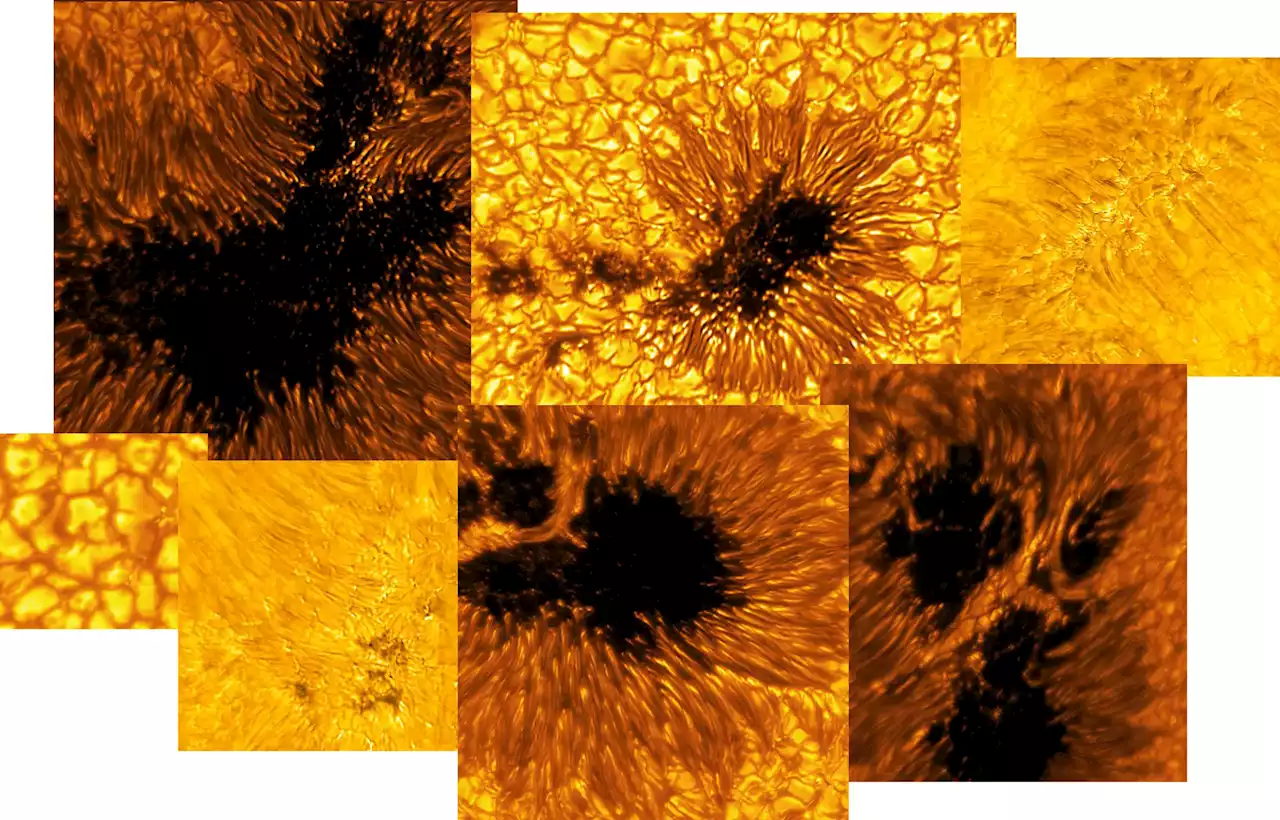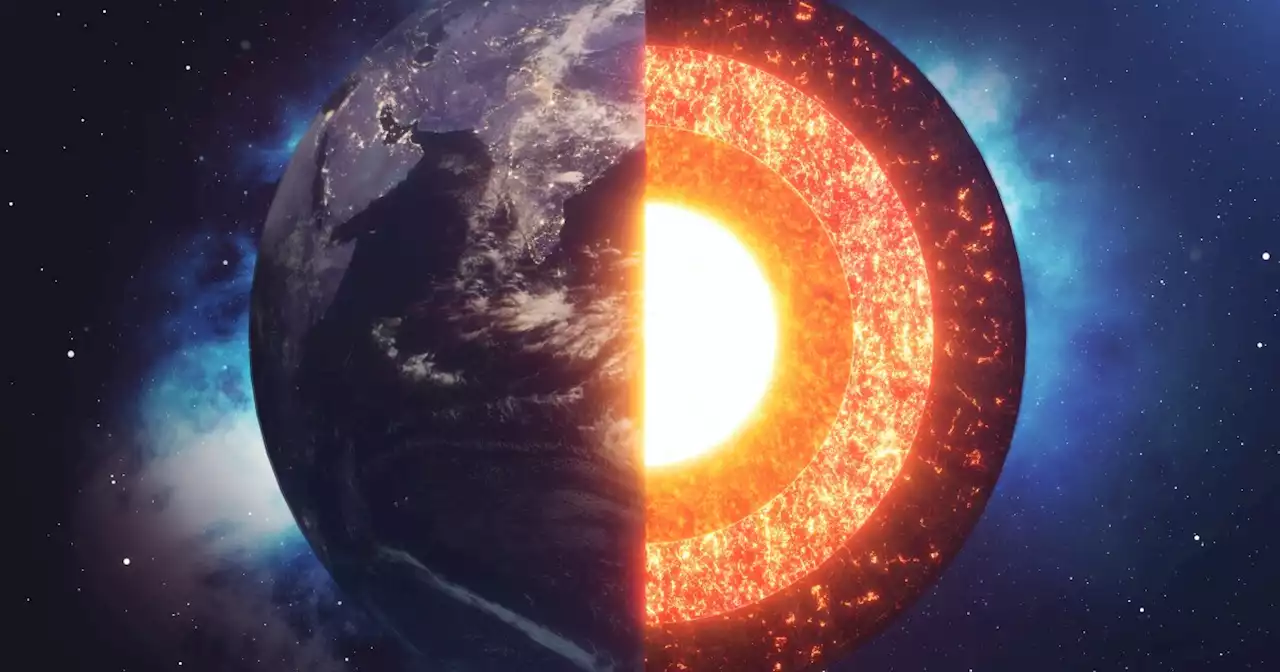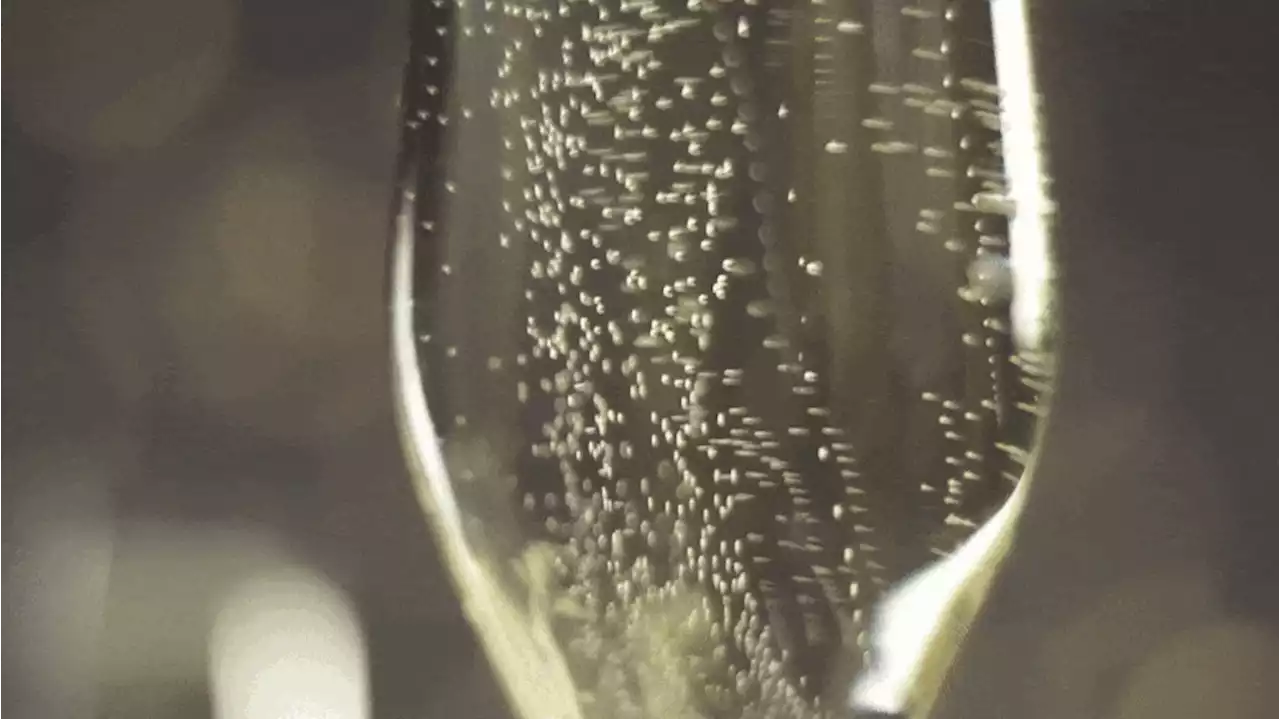The two Macau Science 1 satellites lifted off atop a Long March 2C rocket on Sunday.
China's space agency, the China National Space Administration , stated that the two satellites will make some of the most accurate measurements of Earth's magnetic field to date. They hope the mission will help shed new light on the formation of Earth's magnetic field and how it changes over time.
While we know that Earth's magnetism originates from the liquid metal in its molten outer core, we don't quite understand why the strength of the magnetism has decreased slightly since records began — it has weakened by about nine percent over the past 200 years,. The decrease has been most prominent between South America and Southwest Africa in the South Atlantic.
Still, the Macau Science 1 mission is tasked with making sense of the so-called South Atlantic Anomaly. It will do so by probing 3,000 km into Earth's interior. Both satellites have a series of impressive instruments ranging from high-precision magnetometers to detectors that monitor the surrounding space environment.three-satellite Swarm mission
United States Latest News, United States Headlines
Similar News:You can also read news stories similar to this one that we have collected from other news sources.
 2,000-year-old stone receipt discovered in JerusalemLaura is the archaeology and Life's Little Mysteries editor at Live Science. She also reports on general science, including paleontology. Her work has appeared in The New York Times, Scholastic, Popular Science and Spectrum, a site on autism research. She has won multiple awards from the Society of Professional Journalists and the Washington Newspaper Publishers Association for her reporting at a weekly newspaper near Seattle. Laura holds a bachelor's degree in English literature and psychology from Washington University in St. Louis and a master's degree in science writing from NYU.
2,000-year-old stone receipt discovered in JerusalemLaura is the archaeology and Life's Little Mysteries editor at Live Science. She also reports on general science, including paleontology. Her work has appeared in The New York Times, Scholastic, Popular Science and Spectrum, a site on autism research. She has won multiple awards from the Society of Professional Journalists and the Washington Newspaper Publishers Association for her reporting at a weekly newspaper near Seattle. Laura holds a bachelor's degree in English literature and psychology from Washington University in St. Louis and a master's degree in science writing from NYU.
Read more »
 Gifted students compete in science fair focusing on school shootingsHigh school students compete in the largest science fair for nearly $9 million in scholarship money.
Gifted students compete in science fair focusing on school shootingsHigh school students compete in the largest science fair for nearly $9 million in scholarship money.
Read more »
 Incredibly Detailed Close-Ups of the Sun From Earth’s Most Powerful Solar TelescopePreview of early data from the Inouye Solar Telescope obtained during its Cycle 1 observing window showcases sunspots and quiet-Sun regions The NSF's Inouye Solar Telescope has released new high-resolution images of the Sun, showcasing sunspots and quiet regions. The images, obtained during the C
Incredibly Detailed Close-Ups of the Sun From Earth’s Most Powerful Solar TelescopePreview of early data from the Inouye Solar Telescope obtained during its Cycle 1 observing window showcases sunspots and quiet-Sun regions The NSF's Inouye Solar Telescope has released new high-resolution images of the Sun, showcasing sunspots and quiet regions. The images, obtained during the C
Read more »
 How the US debt ceiling crisis could cost science for years to comeUS investments in research and development are likely to drop — even if the worst-case scenario is avoided.
How the US debt ceiling crisis could cost science for years to comeUS investments in research and development are likely to drop — even if the worst-case scenario is avoided.
Read more »
 Earth-sized volcano planet may have a livable environmentAstronomers have discovered an Earth-sized planet they suspect is covered in volcanoes and could have the potential to sustain life. The planet, known as LP 791-18 d, is about 90 light-years away from Earth.
Earth-sized volcano planet may have a livable environmentAstronomers have discovered an Earth-sized planet they suspect is covered in volcanoes and could have the potential to sustain life. The planet, known as LP 791-18 d, is about 90 light-years away from Earth.
Read more »
 A Toast to Science: Researchers Unveil the Mystery Behind Champagne’s Elegant BubblesFluid mechanics researchers found that surfactants give the celebratory drink its stable and signature straight rise of bubbles. Researchers from Brown University and the University of Toulouse discovered that surfactants, soap-like compounds, are responsible for the straight rise of bubbles in c
A Toast to Science: Researchers Unveil the Mystery Behind Champagne’s Elegant BubblesFluid mechanics researchers found that surfactants give the celebratory drink its stable and signature straight rise of bubbles. Researchers from Brown University and the University of Toulouse discovered that surfactants, soap-like compounds, are responsible for the straight rise of bubbles in c
Read more »
